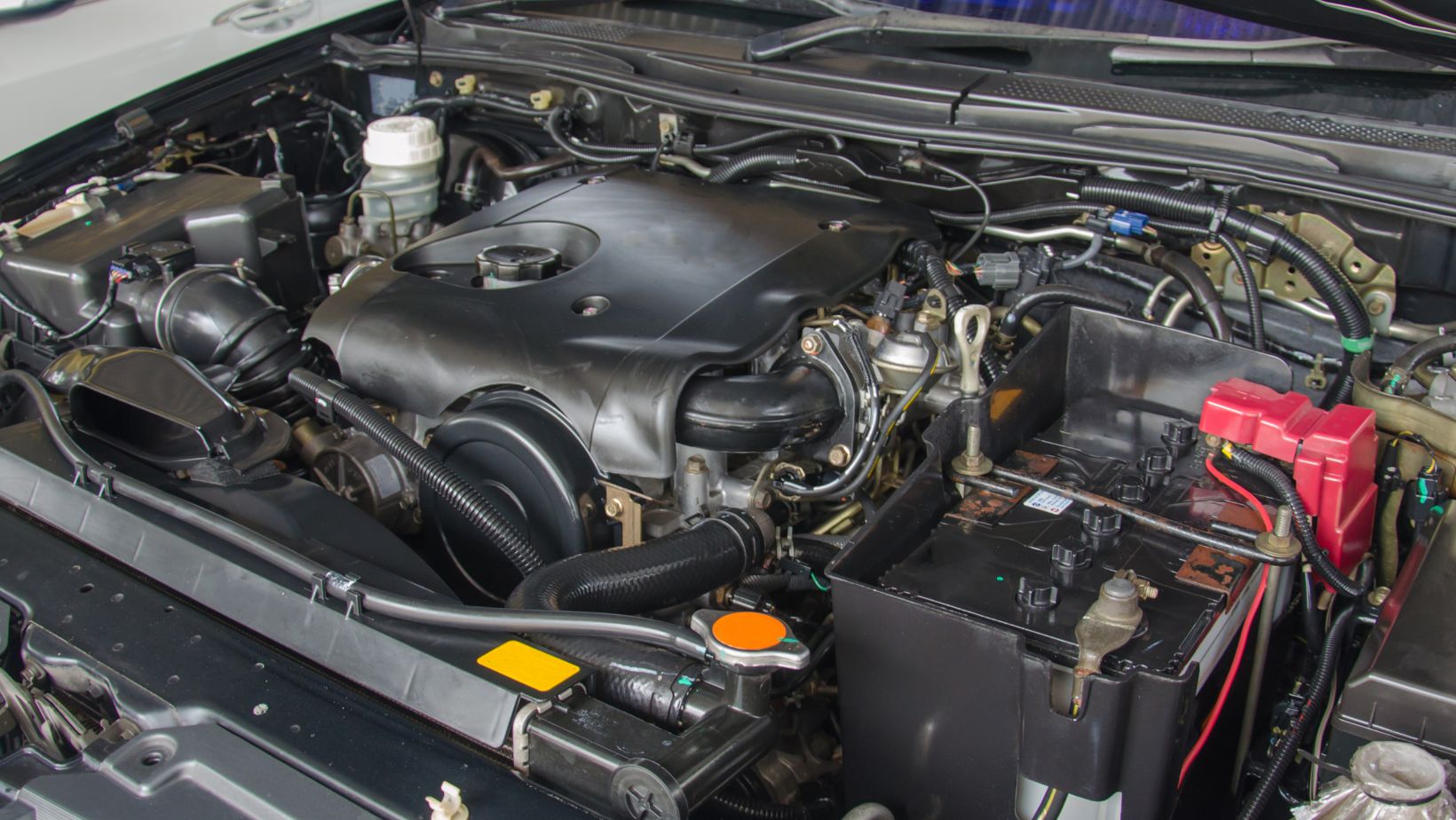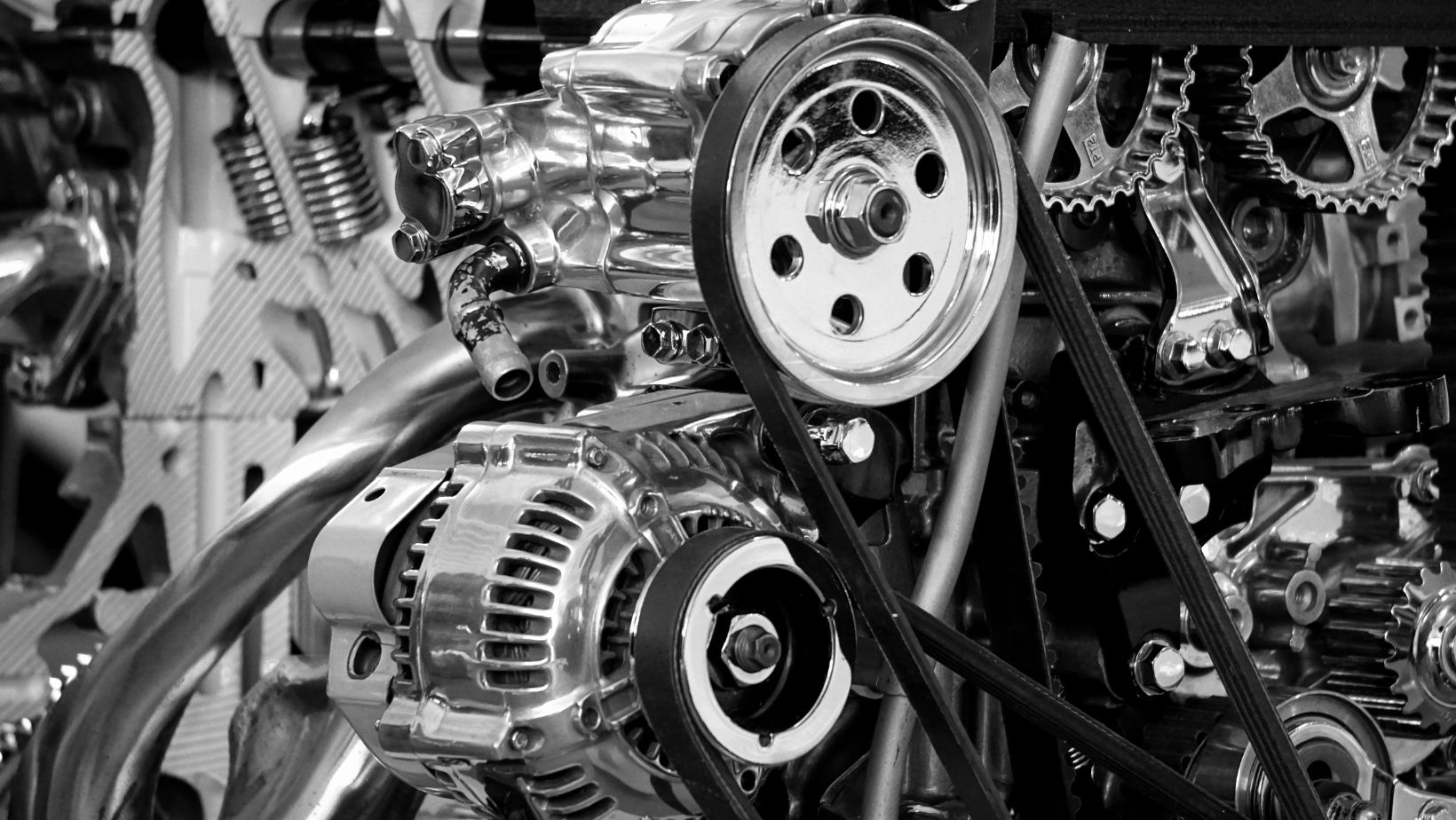
Form Taps, the threading tool regularly used in the automobile industry, creates internal threads in engine parts. This type of tap, used for high-precision jobs with complete accuracy, can mold the engine parts rather than cut them.
What distinguishes a Form Tap from other types of taps is that it does not cut the engine material or parts but molds the piece to create the thread with total precision. To create the precision job, the Form Tap is rolled to create precise thread dimensions.
According to a market survey report The Business Research Company submitted, the demand for metal-cutting tools is growing globally. The report says the market will grow from $27.71 billion in 2023 to $30.6 billion in 2024 and to $39.7 billion in 2028 at a CAGR of 7.2%.
Form Tap is also known as flute-less Tap. This is due to the fact that the use of Form Tap does not generate any chip. As a result, you don’t need to use a flute to clear or remove the chips created around the piece of work, auto spare part, or auto component.
The Two Types of Threaded Tapping
Cut Tapping: This is a traditional type in which the tap physically cuts the threads into the hole. It generates metal chips, which must be carefully removed as they can damage the thread already created.
Form Tapping: The roll-tapping or form-tapping method is used to create threads by displacing the material rather than cutting. As a result, the chips are not generated. Form tapping is ideal for creating stronger threads in an auto part.
Form taps used in the automotive industry have several benefits, including improved thread quality and accuracy, creating stronger threads, reducing tool wear and tear, and the ability to create threads with high hardness levels. Form Taps Create stronger threads in automotive engine parts.
The use of a form tap directly means no use of flutes or cutting edges. This is due to the fact that no cutting action is involved, and the action is mainly directed to create stronger threads in the auto engine parts. Since there is no cutting, no metal chip is generated.
Form taps are extremely advantageous for auto engine parts, mainly in creating stronger threads on hard metals, including iron, steel, copper, brass, and aluminum.
As far as creating stronger threads is concerned, you can do it in the following ways:
Creation of Stronger Threads: If you have created threads using Form Taps in an auto part or workpiece, the workpiece does not run the risk of breakage. This suits the high-stress applications in auto engine parts or workpieces.
Risk of Damage to Parts: Use of Form Taps ensures that no chips are formed. Thus, the risk of causing damage to an auto part or workpiece is virtually eliminated.
Precise Job, Perfect Fitment: In the auto sector, what matters most is the perfect fitment of parts or components. This is possible only when the threads are strong and precise. By using Form Taps, you can create more consistent diameter and pitch and reduce the chances of stripping. As a result, you can be sure of perfect fitment.
Strengthen Material Around Threads: Threading done with Form Taps enhances durability. The compression process used in creating threads strengthens the material around the threaded portion. This enhances durability.
Form tapping finds extensive use in the automobile industry. In a vehicle, this method is applied to create internal threads in engine blocks, transmission housings, brake systems, and suspension components. Thread tapping is considered one of the most critical processes in manufacturing automobile units or any vehicle.
Conclusion
The thread-forming taps used in the auto industry are known by different names, including Form Taps, Forming Taps, and Roll Taps. They work by molding the piece of work rather than cutting it. Due to this reason, such taps do not contain any flutes. Form Taps reduce friction and generation of heat as they interact with the workpiece or part material. Depending upon your industrial work, you should choose the type of taps for use. The more appropriate taps you use, the better will be your industrial output.












